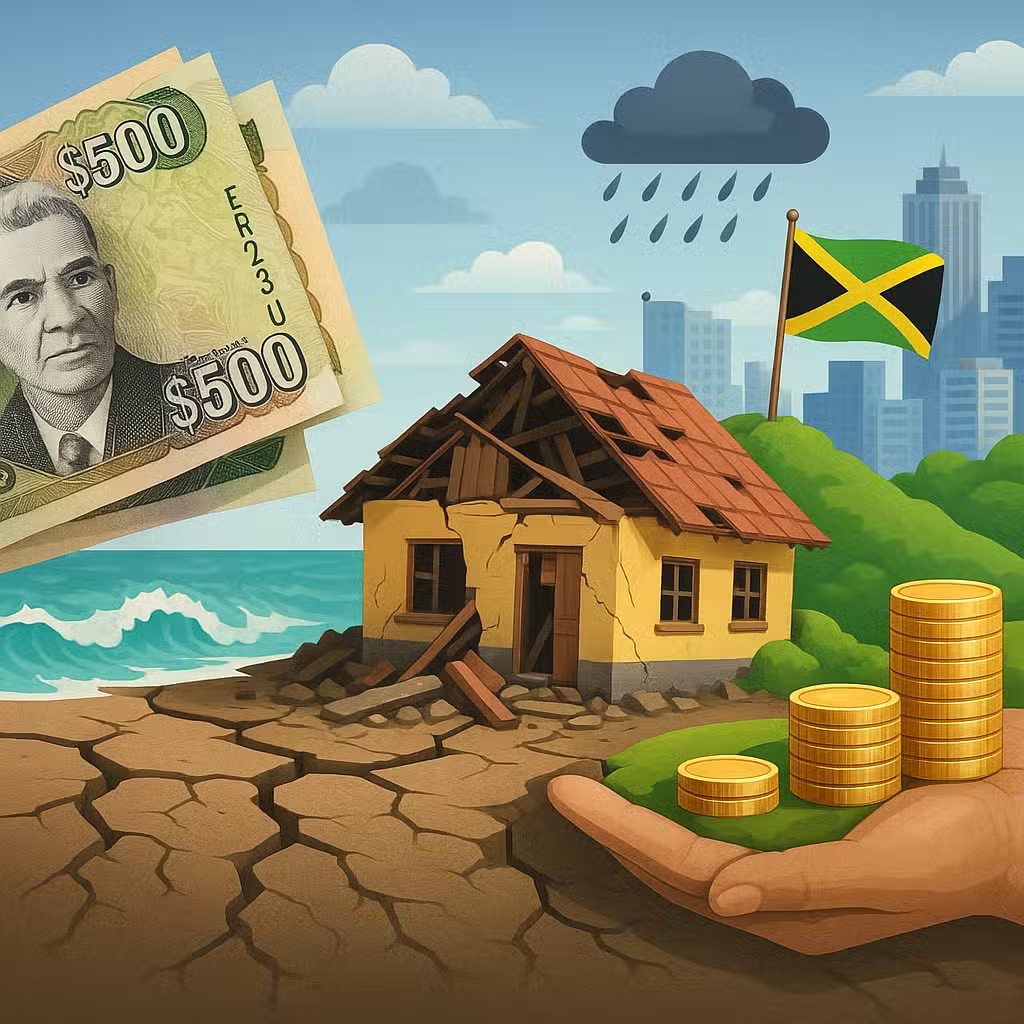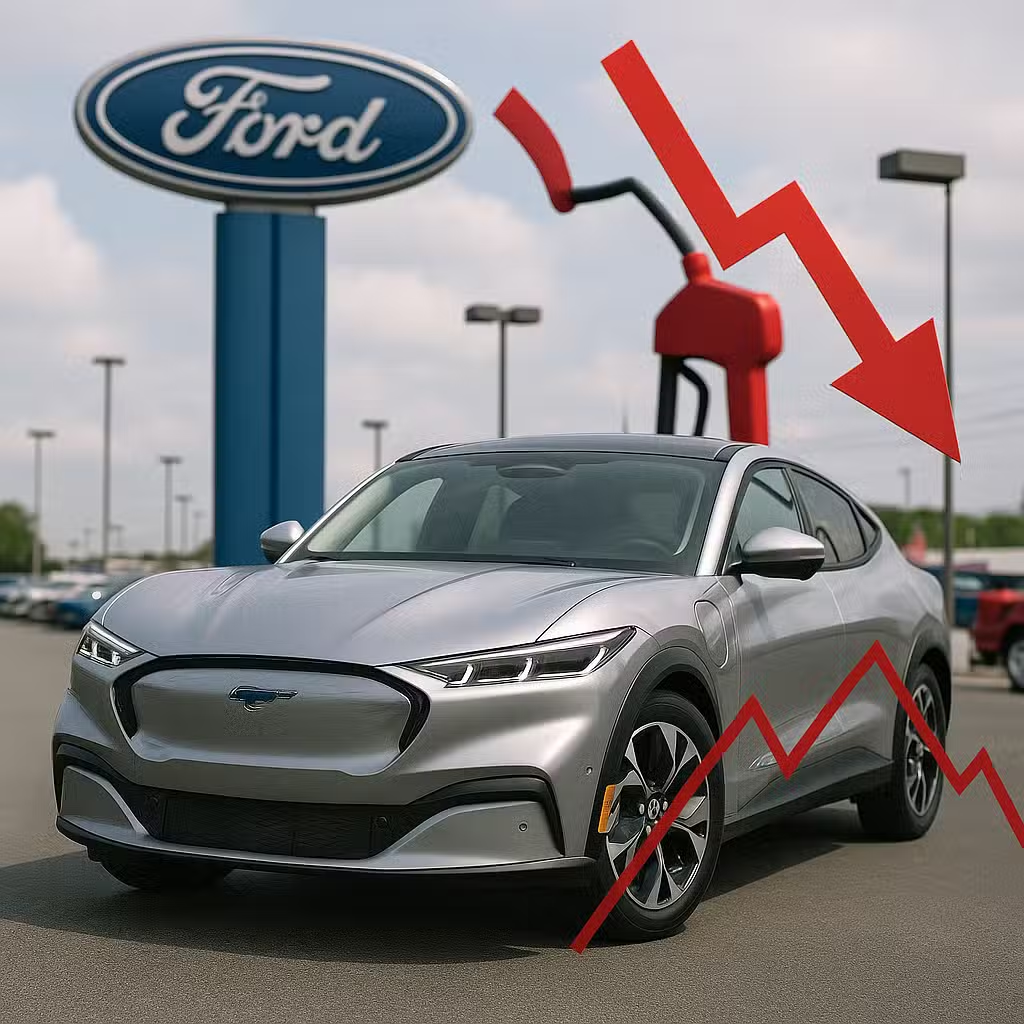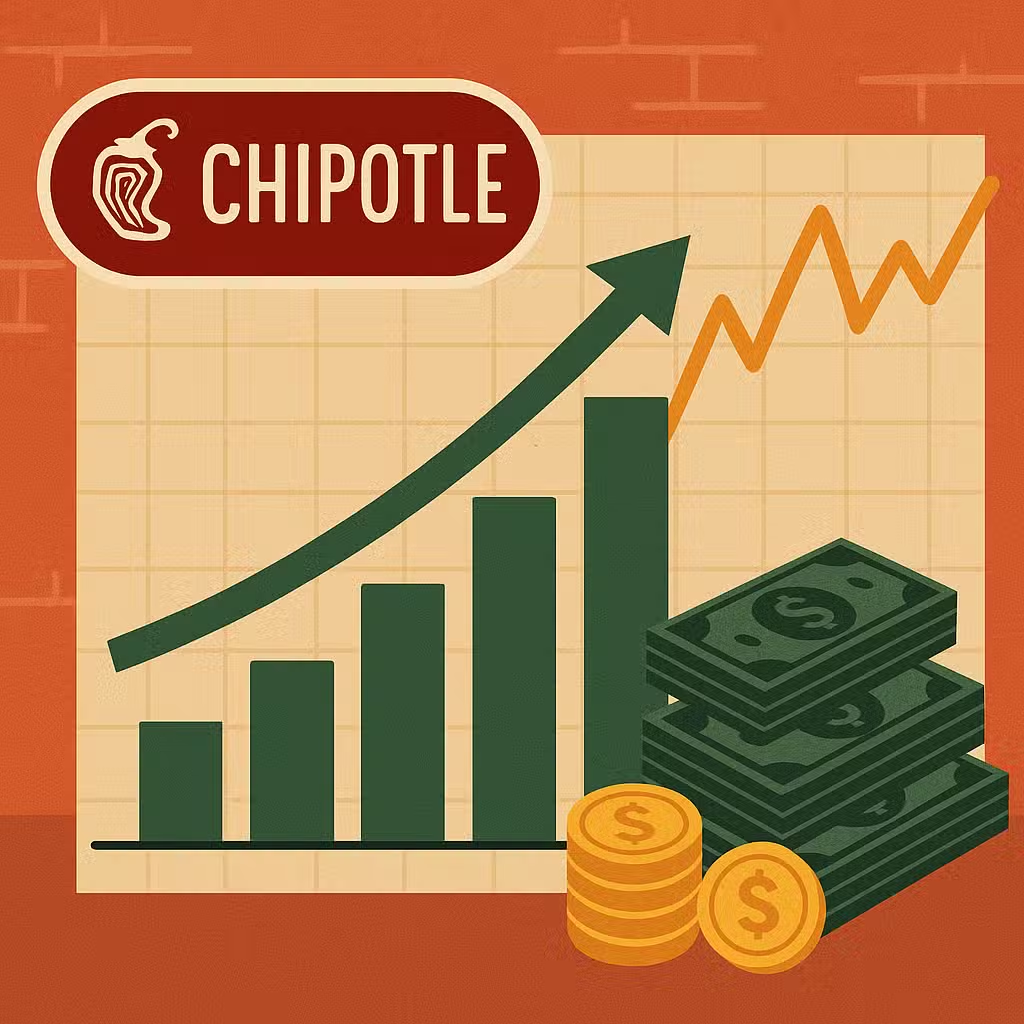Jamaica’s $150M Catastrophe Bond Activation Supports Recovery, Highlights Resilience Investment Opportunity
Imagine your house gets hit by a big storm, and you have a special savings jar that breaks open only if the storm is really, really bad—giving you the money you need right away. That’s what happened to Jamaica this week, and it could matter a lot for investors too.
What Happened?
Hurricane Melissa, the strongest Atlantic hurricane this year, slammed into Jamaica as a Category 5 storm. Because this storm was so powerful, it’s likely to “break open” a special kind of insurance called a catastrophe bond, or cat bond, worth $150 million. This money will help Jamaica rebuild quickly after the disaster.
This bond was set up by the company Aon and covers Jamaica for big storms from now until 2027. Jamaica is the first small island country in the world to set up this kind of bond on its own, making it a real trailblazer.
Why Investors Should Care
Cat bonds are like a safety net that’s funded by investors, not just insurance companies. If the storm is strong enough, the bond pays out to the country. If not, investors keep their money and earn interest. These bonds are becoming more popular, with the global cat bond market growing over 50% since 2022 to nearly $55 billion. (Source)
For investors, this means a new way to diversify—putting money into something not tied to the usual ups and downs of stocks or bonds.
Bull Case: The Upsides
- Fast Relief: This bond could pay Jamaica in about a month. That’s much faster than the 3 months or more it used to take for similar deals.
- Innovation: New technology and data make payouts quicker, which can help countries bounce back sooner.
- Growing Market: As climate risks grow, more countries and investors might use these tools, spreading risk and offering steady returns.
- Impact Investing: Investors can earn money while helping communities recover from disasters.
Bear Case: The Downsides
- Risky Bets: If disasters hit, investors can lose their principal. These aren’t risk-free bonds.
- Complex Triggers: Payouts depend on very specific storm measurements, like pressure dropping below 900 millibars. If the storm doesn’t quite hit the mark, no payout—even if there’s damage.
- Verification Delays: Even with faster data, there’s still a wait for independent checks before money is released.
- Climate Change: More frequent and severe storms could mean more payouts, which might scare off some investors or raise costs.
Historical Context & Credibility
Cat bonds have been around since the 1990s, after Hurricane Andrew caused huge losses in the U.S. They’ve grown in use as both governments and investors look for ways to share risk. In 2024, Jamaica just missed getting a payout from another cat bond after Hurricane Beryl caused nearly $1 billion in damage (National Hurricane Center), showing how tricky the rules can be.
Studies show that cat bonds usually offer higher returns than regular bonds—sometimes 3-5% above U.S. Treasuries—because of the added risk (ResearchGate).
Investor Takeaway
- Consider Cat Bonds for Diversification: They don’t move with the stock market, so they can help balance a portfolio.
- Understand the Risks: Know the triggers and that you could lose your investment if a disaster strikes.
- Watch for Growth: As climate risks rise, cat bonds and other insurance-linked securities could become more common in global investing.
- Look for Impact: Cat bonds are one way to invest for both profit and positive social impact—helping communities recover faster.
- Stay Informed: Follow new deals and payouts, as rules and technology are changing fast in this space.
For the full original report, see CNBC







